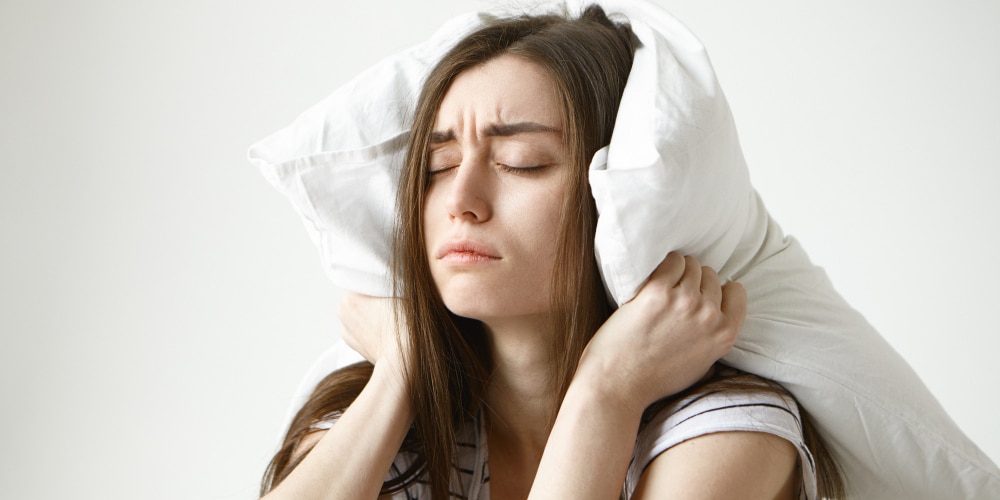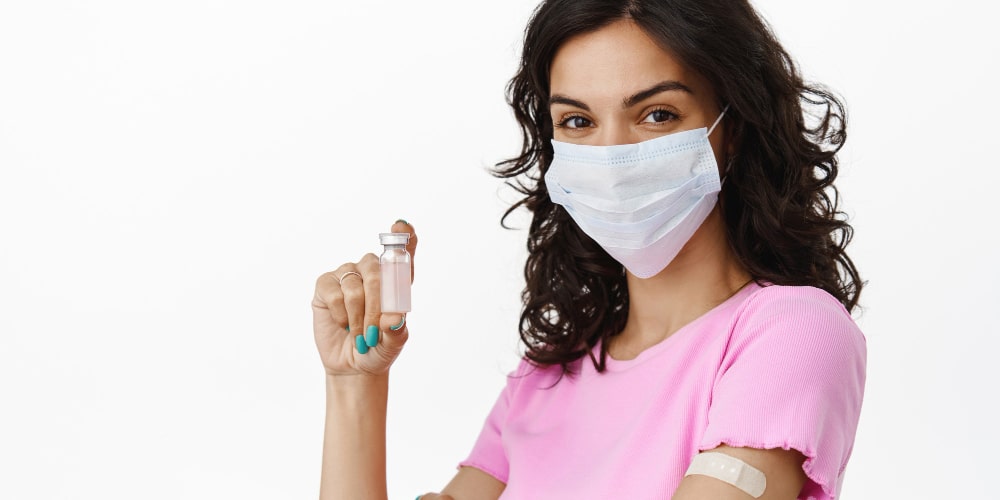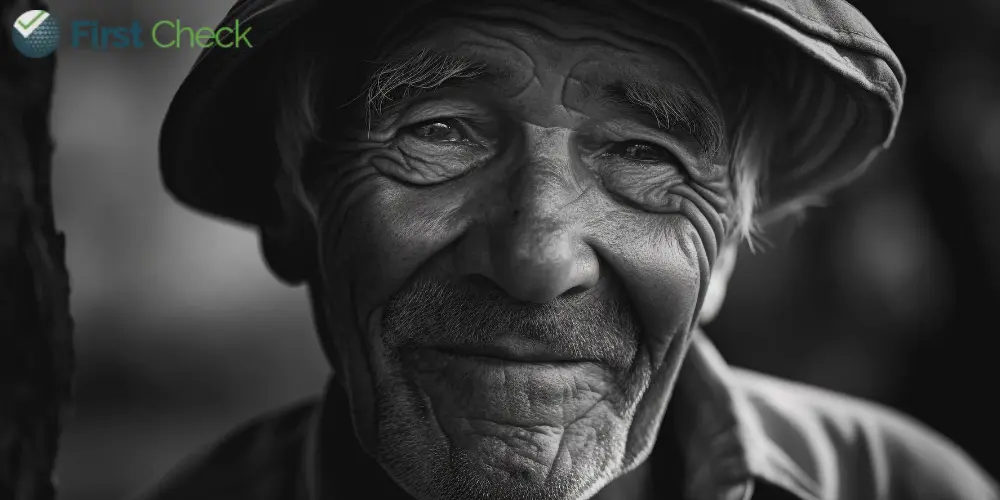India: Government health expenditure rose from 1.13% to 1.84% of GDP between 2014-15 and 2021-22
The Union Ministry of Health and Family Welfare released the National Health Account (NHA) estimates for the fiscal year 2021-22, which showed government spending on healthcare has seen a significant rise over the years.
Author
Author
- admin / 1 year

- 0
- 3 min read

Author
Government spending on healthcare has seen a significant rise over the years, according to the National Health Accounts (NHA) estimates for the fiscal year 2021-22, released by the Union Ministry of Health and Family Welfare.
The National Health Accounts showed that government spending on health had increased from 1.13% of the GDP in 2014-15 to 1.84% of GDP in 2021-22.

“In terms of share in the General Government Expenditure (GGE), it has increased from 3.94% in 2014-15 to 6.12% in 2021-22. This growth highlights the government’s commitment to strengthening public healthcare services, especially in response to the challenges posed by the COVID-19 pandemic,” a statement issued by the Ministry of Health and Family Welfare said, highlighting the government’s commitment to improving healthcare accessibility, reducing financial hardship, and enhancing public health infrastructure.

The government says in per capita terms, government expenditure on health has tripled, from Rs. 1,108 in 2014-15 to Rs. 3,169 in 2021-22.
“This indicates a substantial increase in healthcare investments, ensuring that more resources are available per person for healthcare services. The Government spending on health between 2019-20 and 2020-21 increased by 16.6%. Notably, there was a sharp rise in health expenditure between 2020-21 and 2021-22, with a 37% increase, marking the government’s proactive approach to managing the healthcare crisis during the pandemic,” said the government.
Out-of-Pocket Expenditure on health has traditionally been a significant burden on Indian households, but this has also reduced according to the report.
“Between 2014-15 and 2021-22, the share of Out-of-Pocket Expenditure in the Total Health Expenditure (THE) declined from 62.6% to 39.4%. This reduction is a direct result of the government’s efforts to increase public health spending, improve access to healthcare, and reduce financial hardship for individuals seeking medical care,” according to the ministry.

The government also says its share in the Total Health Expenditure (THE) increased from 29% in 2014-15 to 48% in 2021-22. “This shift indicates a greater reliance on public health services and a reduction in the financial burden on citizens. The rise in GHE reflects the government’s focus on strengthening healthcare infrastructure, improving access to medical services, and enhancing financial protection,” they said.
About Social Security Expenditure (SSE), it says increase in social security has a direct impact on reducing out-of-pocket payments. “A robust social security mechanism ensures that individuals will not face financial hardship and the risk of poverty as a consequence of accessing essential healthcare services.”
The share of social security expenditure on health, which includes government-funded health insurance, medical reimbursements to government employees, and social health insurance programs increased from 5.7% of the total health expenditure in 2014-15 to 8.7% in 2021-22.
Also read: Health is political, policies shaped by ideology of governments: Lancet
Do you have a health-related claim that you would like us to fact-check? Send it to us, and we will fact-check it for you! You can send it on WhatsApp at +91-9311223141, mail us at hello@firstcheck.in, or click here to submit it online.









